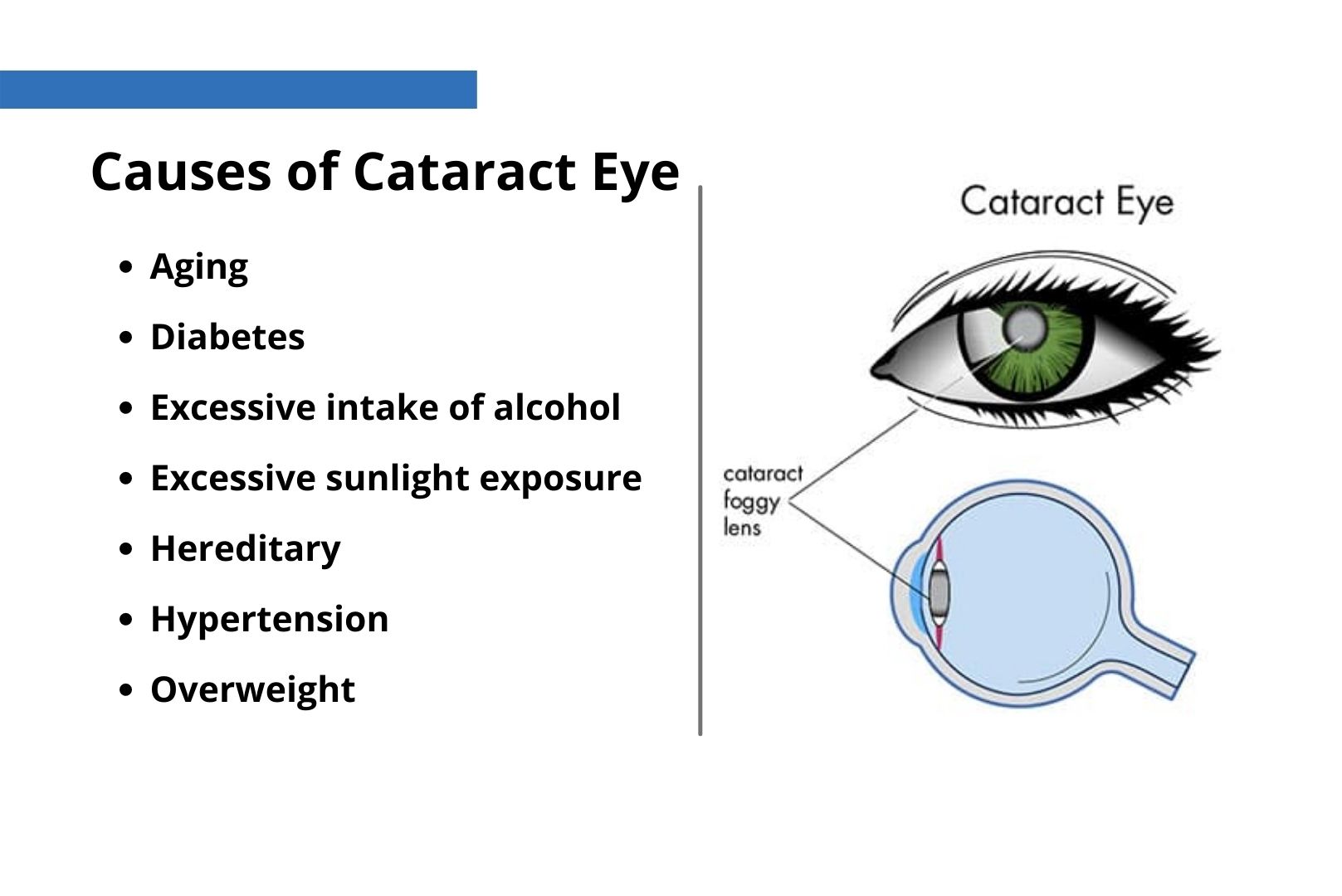What Causes Cataract In Newborns
Cataracts are a common eye condition that affects millions of people worldwide, particularly those in the Asian community. While cataracts can occur at any age, they are most commonly diagnosed in individuals aged 65 and older. This eye condition can cause blurry vision, decreased night vision, and eventually, complete blindness if left untreated. Thankfully, there are a variety of treatment options available for cataracts, and this post aims to provide detailed information on the symptoms, causes, and treatment options for congenital cataracts and cataracts in general.
What are cataracts?
Cataracts are a clouding of the eye's natural lens, the transparent structure that helps refract light onto the retina. This clouding can occur in one or both eyes, and it can affect the lens's ability to focus the light onto the retina. Cataracts can develop slowly over time or quickly in response to an injury or other underlying medical condition.
The symptoms of cataracts range from mild to severe, and they include:
- Blurred, hazy or cloudy vision
- Glare or sensitivity to light, especially at night
- Difficulty seeing at night
- Fading or yellowing of colors
- Double vision in one eye
If you are experiencing any of these symptoms, you should seek medical attention immediately to determine the cause of your vision problems and to develop an appropriate treatment plan.
Congenital cataracts
Congenital cataracts are present at birth or develop during early childhood. They can occur as a result of genetic mutations or be associated with medical conditions such as Down Syndrome. These cataracts can be unilateral or bilateral and can range in size, location, and severity.
The symptoms of congenital cataracts include:
- Poor vision
- Strabismus (crossed eyes)
- Nystagmus (involuntary eye movements)
- Absent red reflex
Causes of cataracts
There are several causes of cataracts, including:
- Age-related changes in the lens
- UV radiation exposure from the sun
- Smoking
- Diabetes
- Injury to the eye
- Long-term use of certain medications such as corticosteroids
It is essential to maintain regular eye exams and to practice good eye health habits to reduce your risk of developing cataracts.
Treatment options for cataracts
The most effective treatment for cataracts is surgery. During this procedure, the cloudy lens is removed and replaced with an artificial lens to restore clear vision. There are several types of cataract surgery, including:
- Phacoemulsification: This is the most common type of cataract surgery. In this procedure, a small incision is made in the eye, and an ultrasonic probe is used to break up the lens. The pieces of the lens are then removed, and the artificial lens is inserted.
- Extracapsular cataract extraction: This procedure is typically used for more advanced cataracts. During this surgery, a larger incision is made in the eye, and the lens is removed in one piece.
- Intracapsular cataract extraction: This procedure involves removing the entire lens and its surrounding capsule. It is typically reserved for specific cases where the lens is too dense or complicated to remove using other methods.
Recovery from cataract surgery is generally quick, and patients can return to normal activities within a few days. After surgery, it is essential to follow the post-operative instructions provided by your surgeon to reduce the risk of complications.
Conclusion
Cataracts are a prevalent eye condition that can significantly impact an individual's quality of life if left untreated. Thankfully, there are several effective treatment options available for both congenital and age-related cataracts. It is essential to maintain regular eye exams and to practice good eye health habits to reduce the risk of developing cataracts. If you are experiencing any symptoms of cataracts, you should seek medical attention immediately to determine the cause of your vision problems and to develop an appropriate treatment plan.
Image Sources:
Symptoms, causes and treatment for congenital cataracts
Image Source: Neoretina
EVERYTHING YOU NEED TO KNOW ABOUT CATARACT! OPHTHALMOLOGY

Image Source: Regency Medical Centre